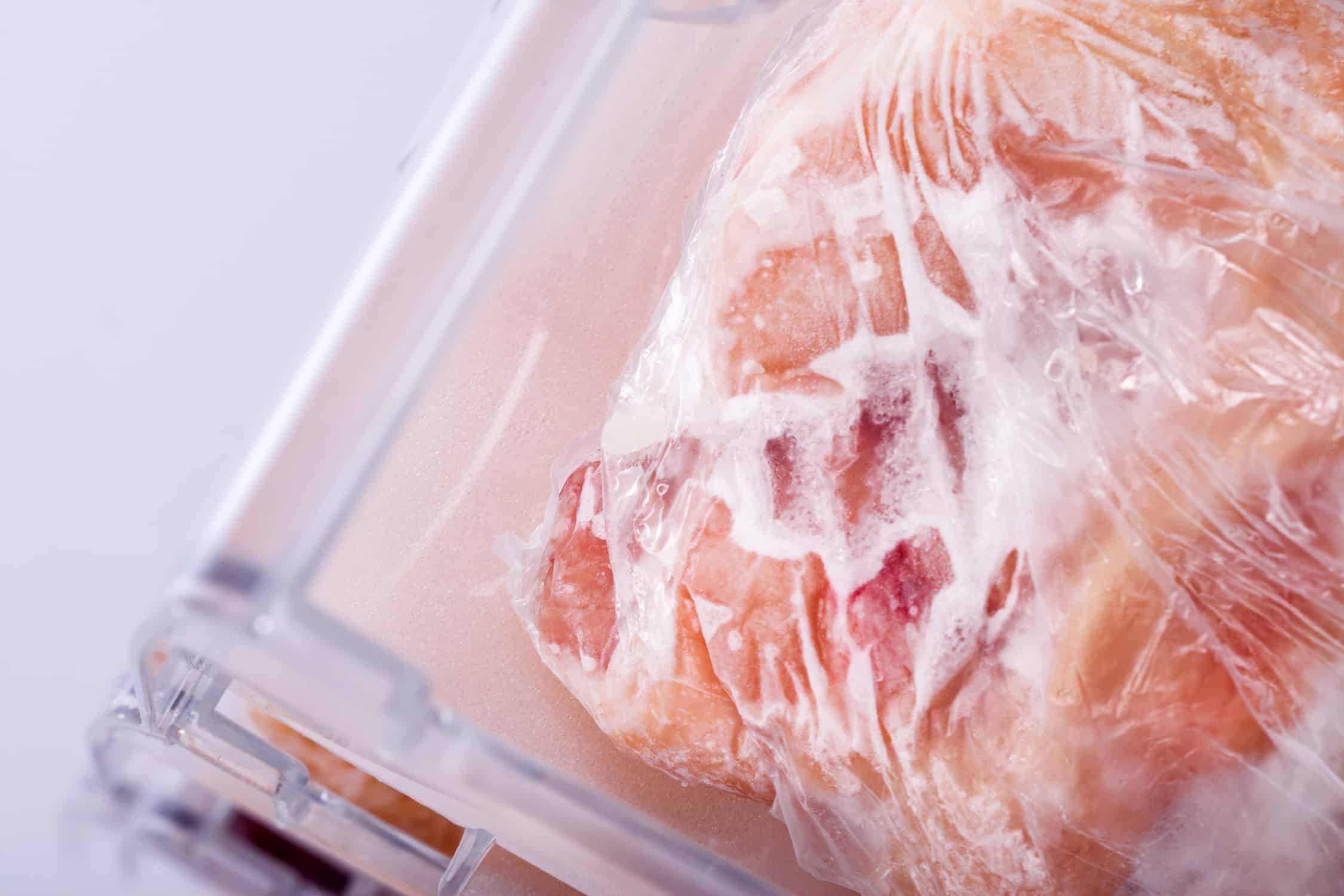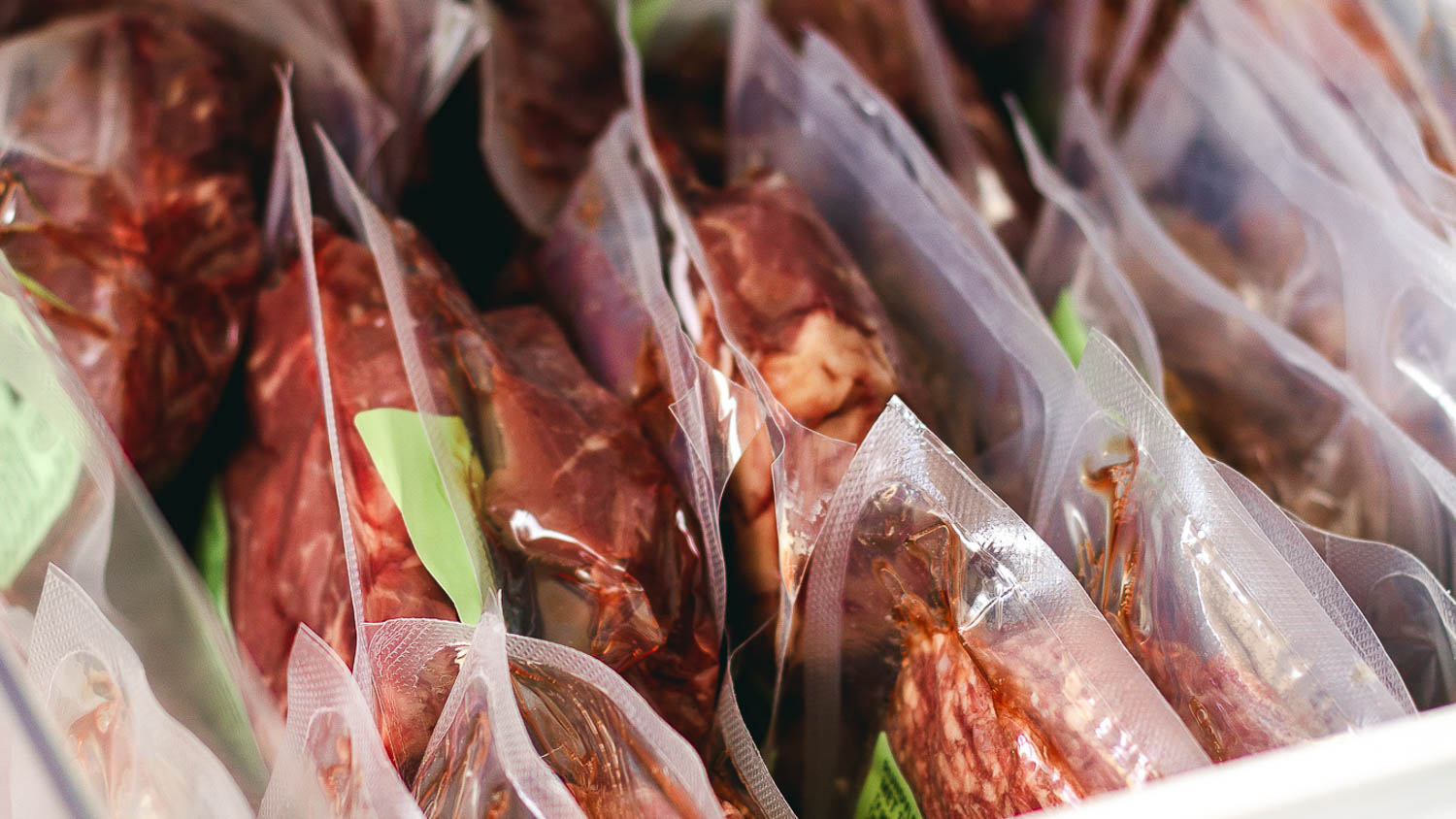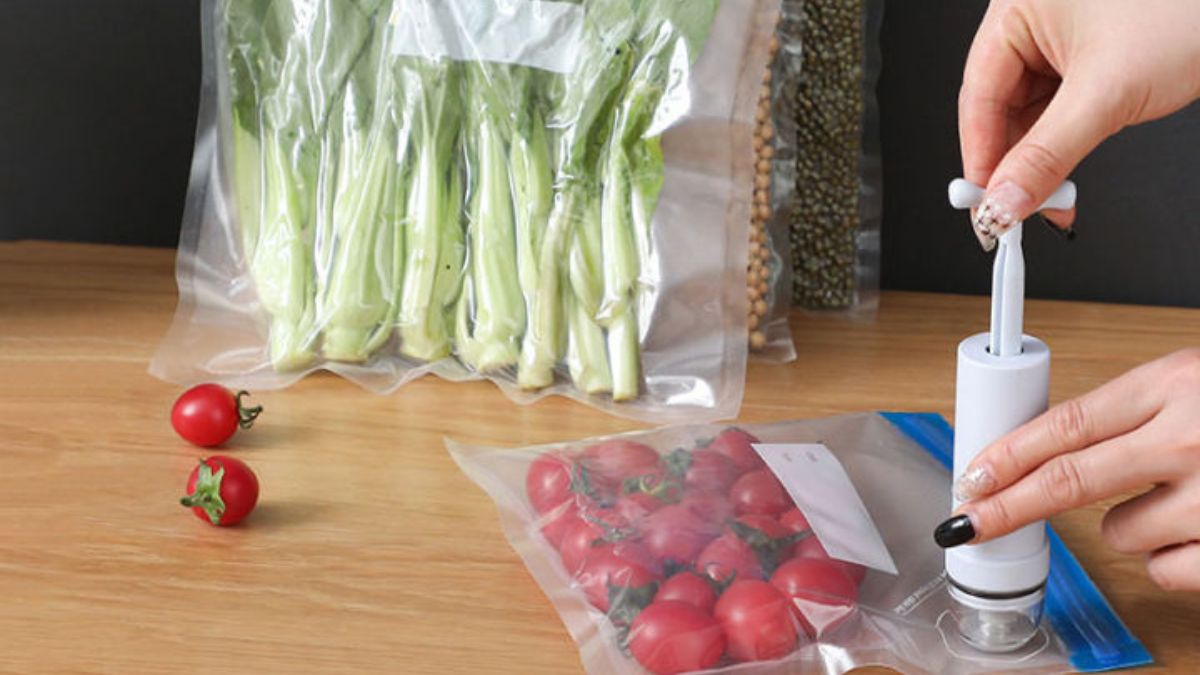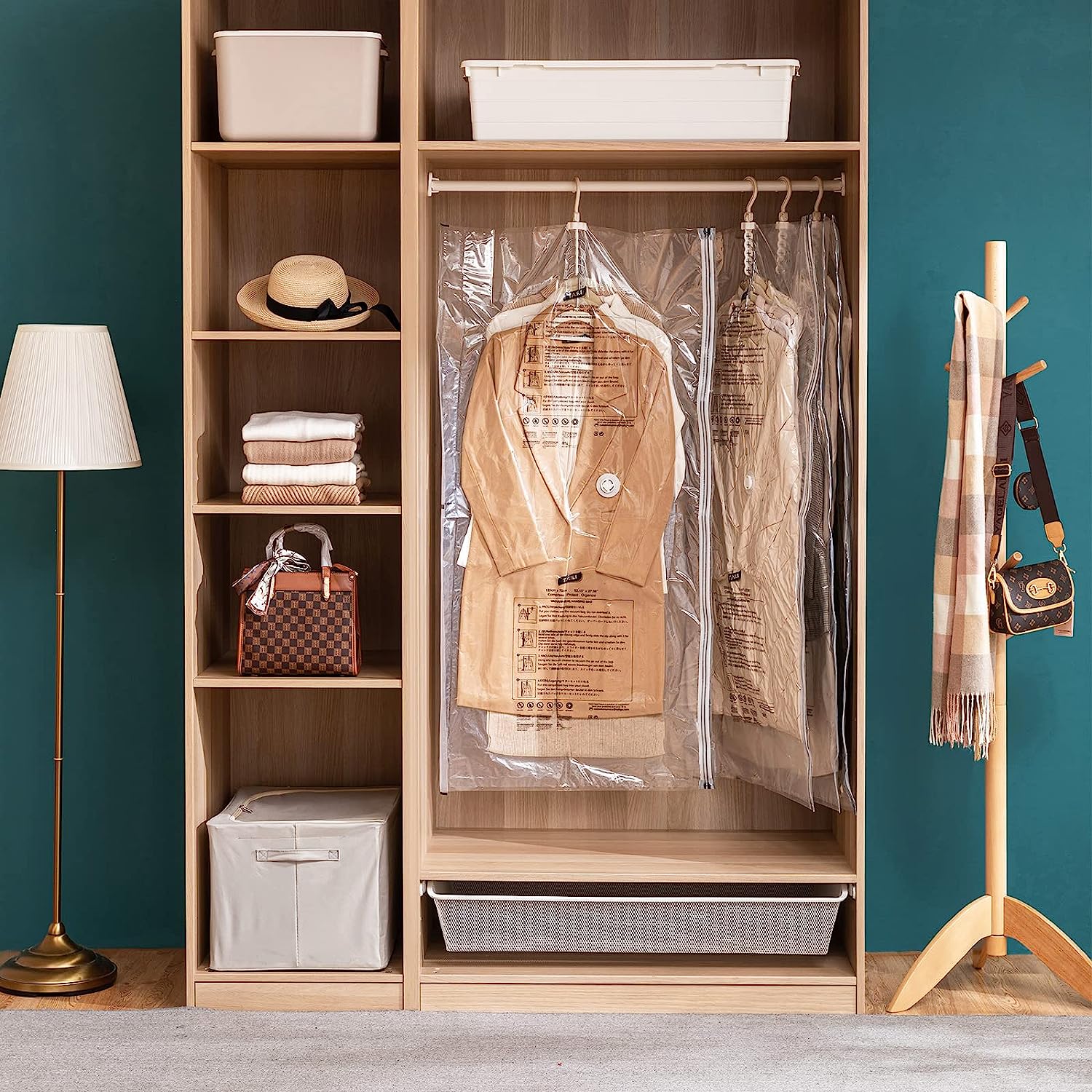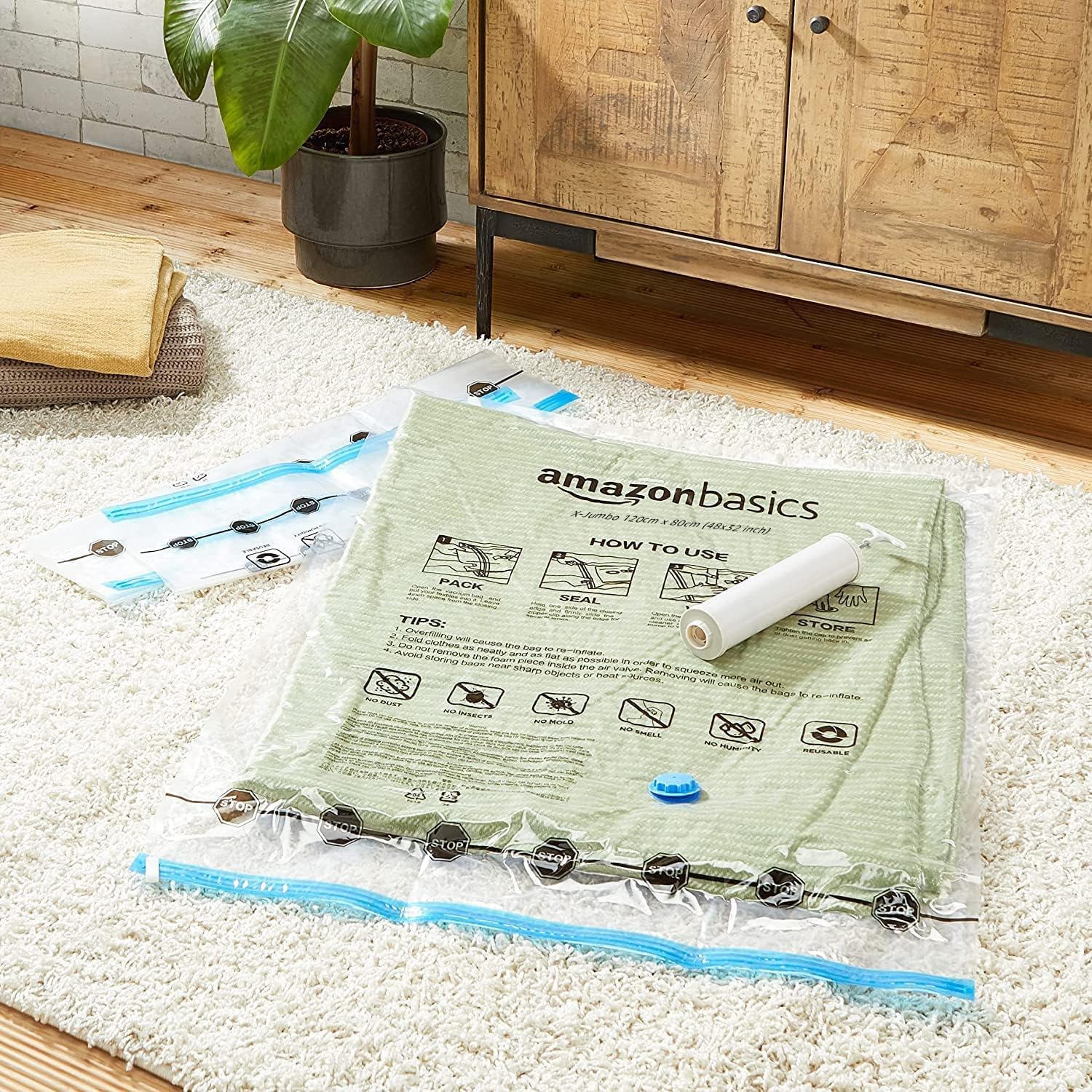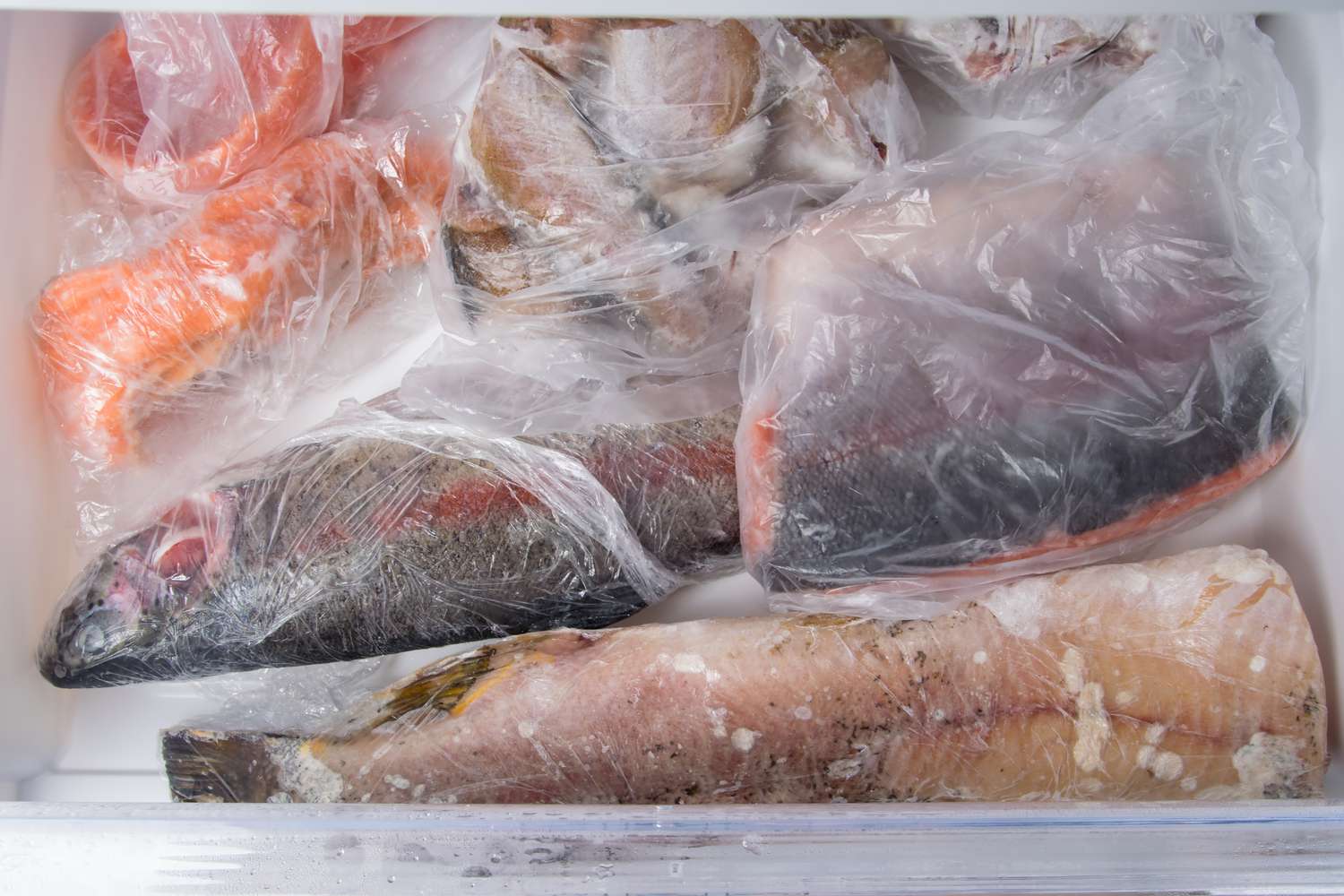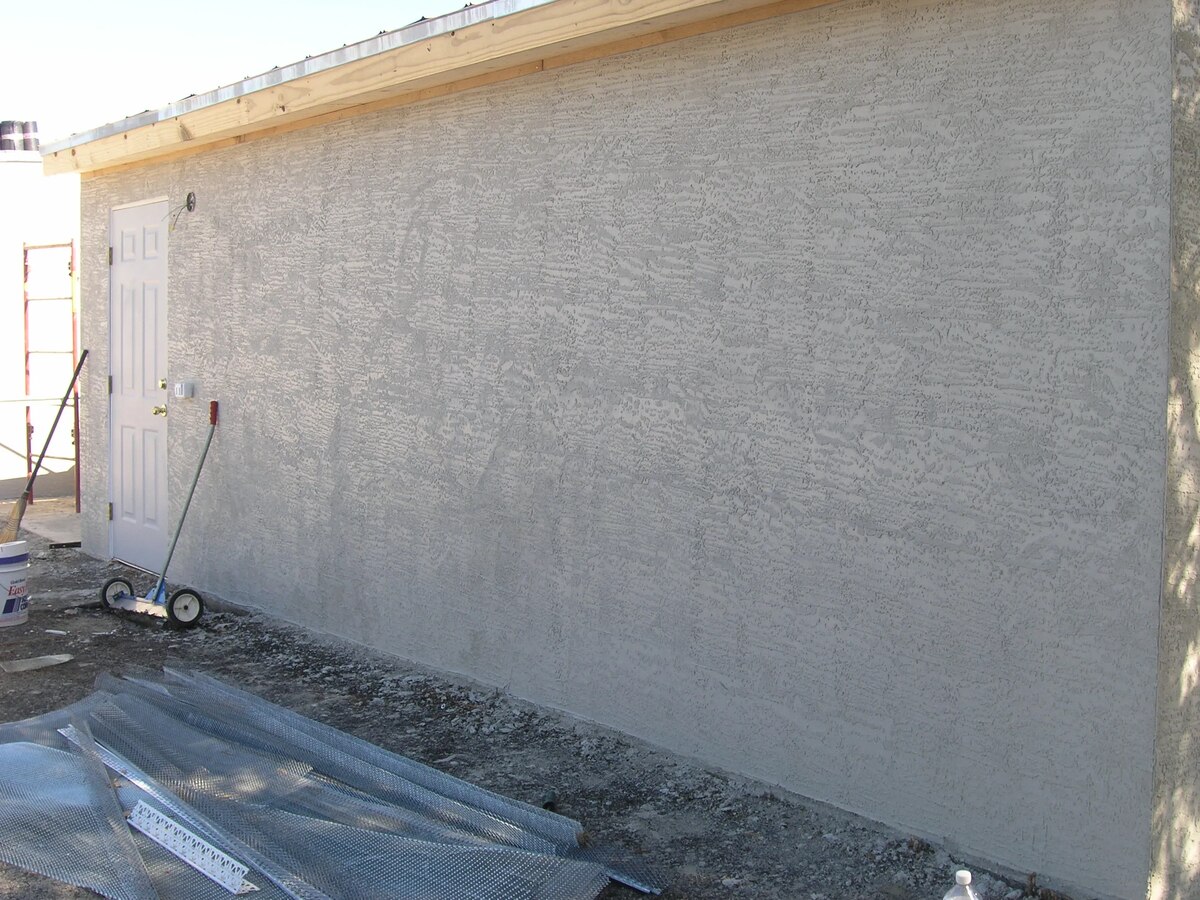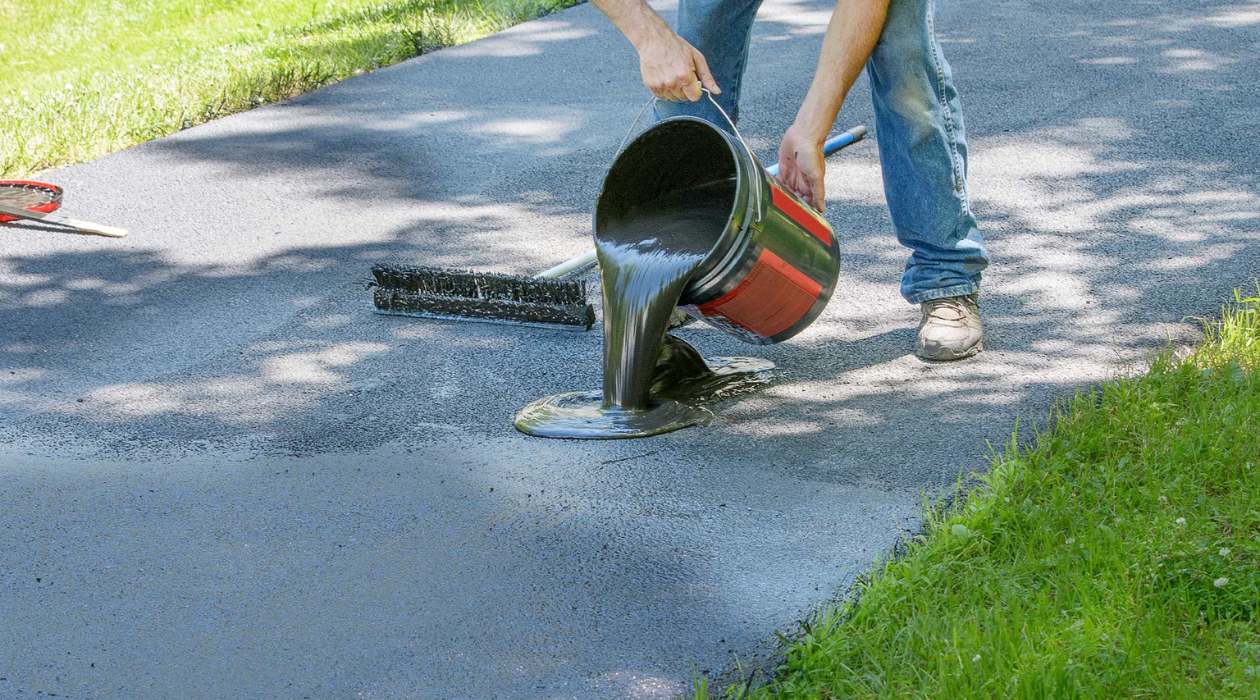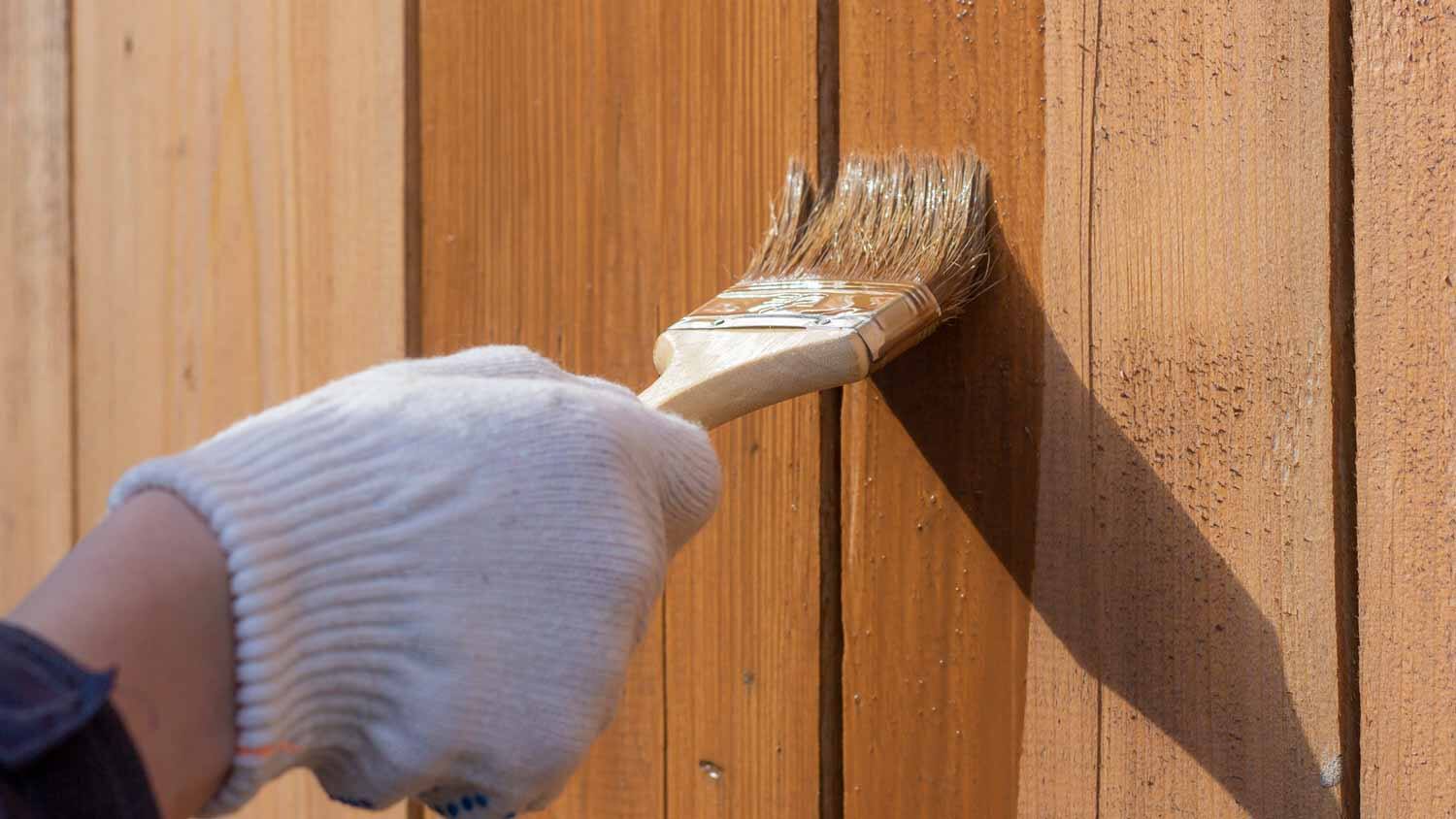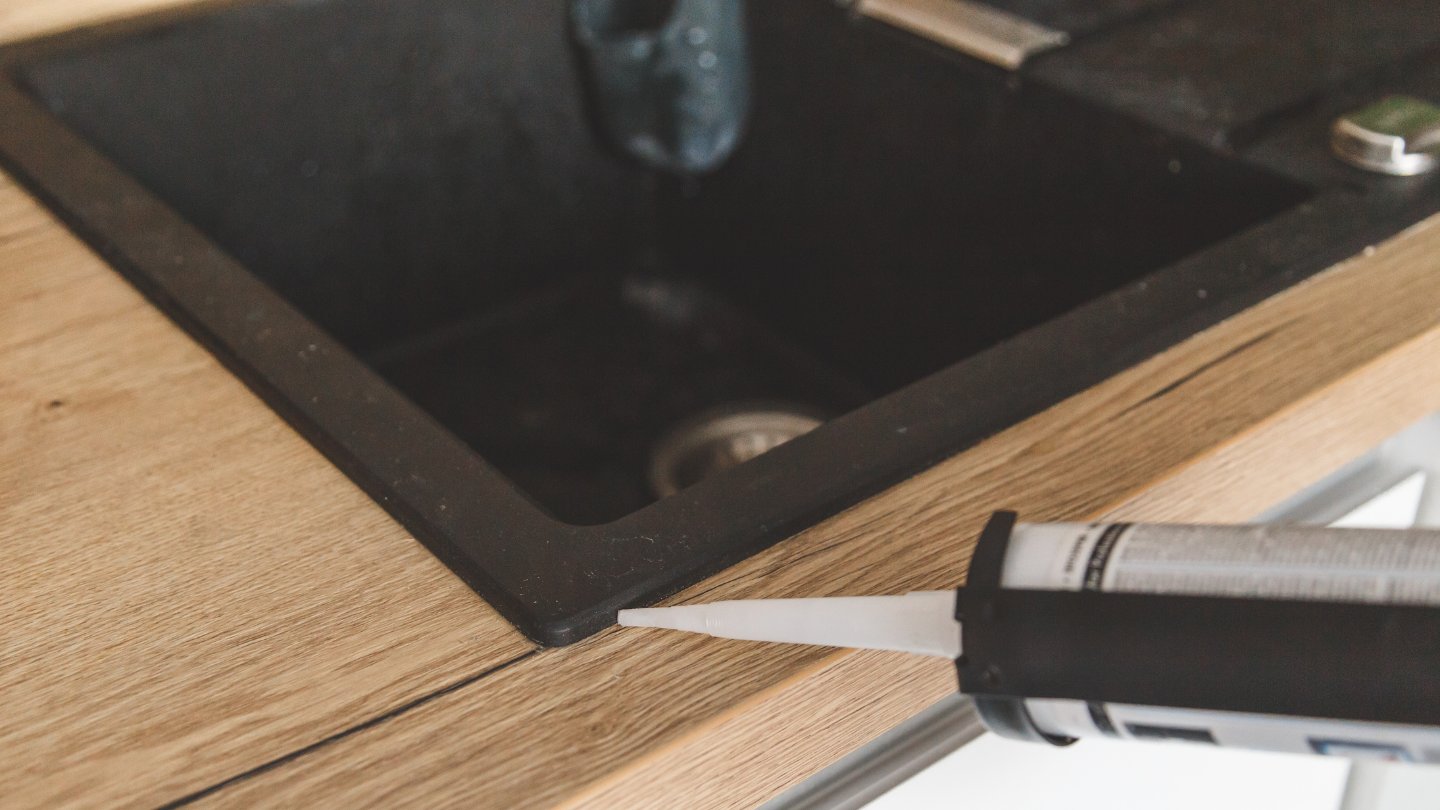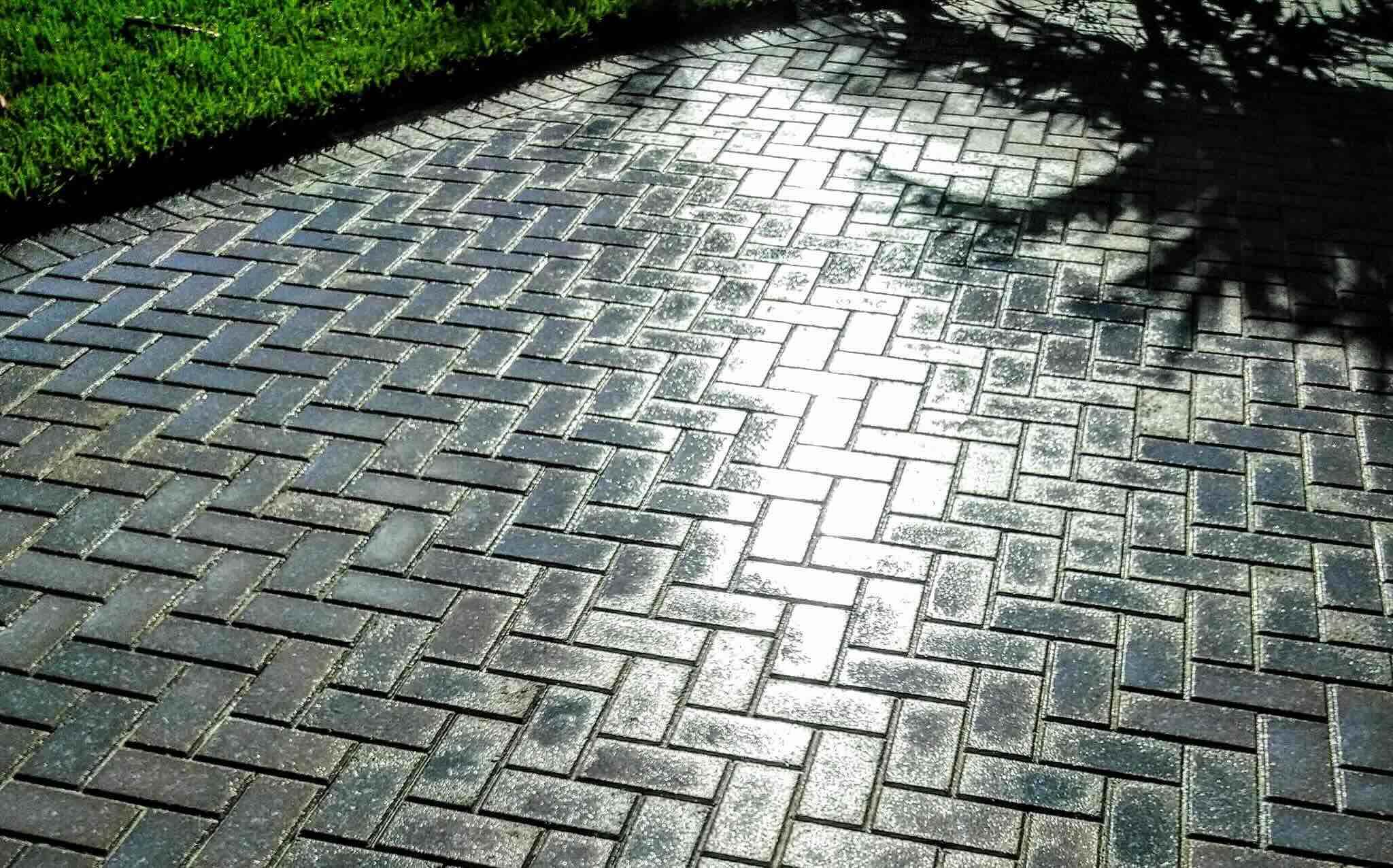Home>Furniture>Bedroom Furniture>How To Vacuum Seal A Mattress
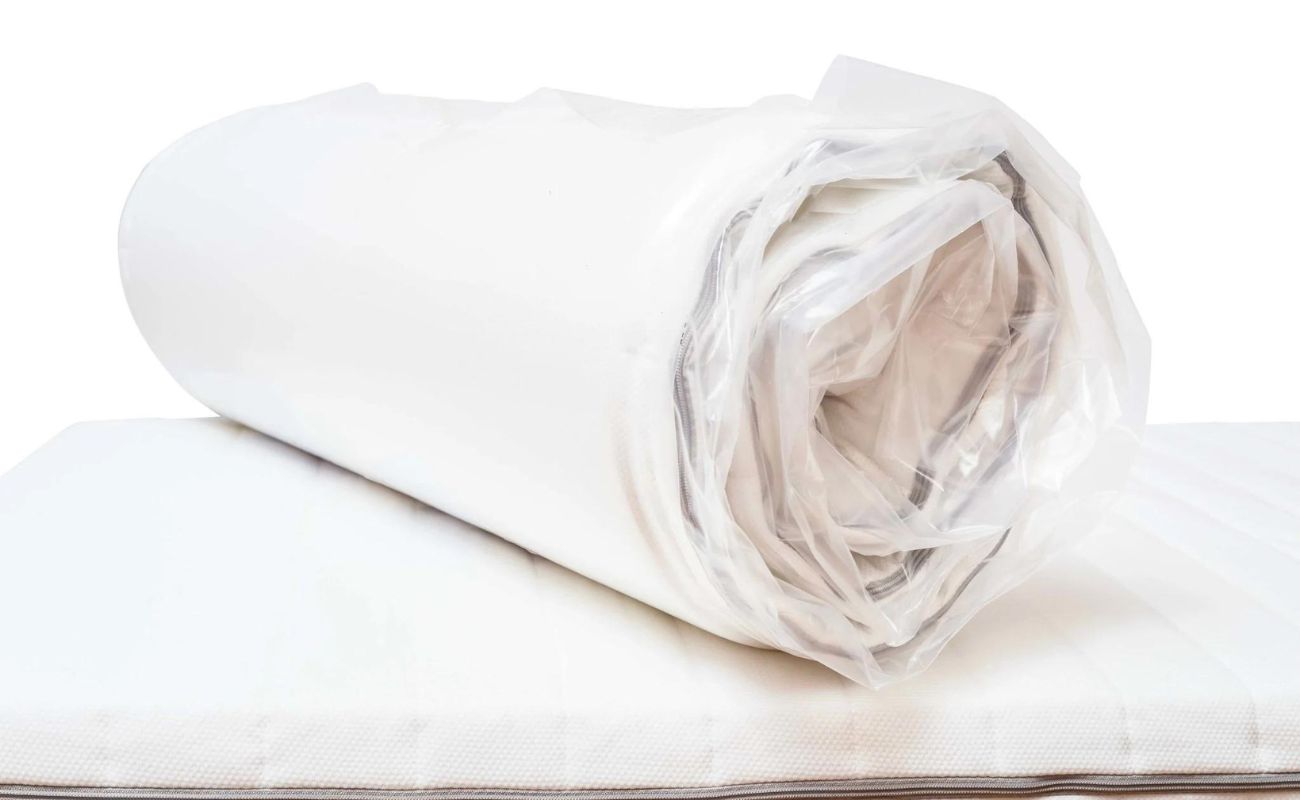

Bedroom Furniture
How To Vacuum Seal A Mattress
Modified: January 20, 2024
Learn how to vacuum seal your mattress for easy storage and protection with our step-by-step guide. Keep your bedroom furniture in top condition!
(Many of the links in this article redirect to a specific reviewed product. Your purchase of these products through affiliate links helps to generate commission for Storables.com, at no extra cost. Learn more)
Introduction
When it comes to maintaining the longevity and cleanliness of your mattress, vacuum sealing is a game changer. Vacuum sealing essentially removes all the air from your mattress, creating a compressed and airtight package that is easier to store, transport, or protect from dust, allergens, and moisture. This method is particularly useful if you’re moving or storing your mattress for an extended period of time.
But vacuum sealing a mattress is not just about convenience; it also offers several other benefits. By eliminating air and reducing the size of the mattress, you can free up valuable storage space in your home. Additionally, vacuum sealing helps protect your mattress from potential damage, such as tears or stains, during transportation or storage. It’s a cost-effective and efficient way to preserve the quality and lifespan of your mattress.
However, it’s important to ensure that you properly prepare your mattress for vacuum sealing and follow the right steps to achieve effective results. In this comprehensive guide, we will walk you through the process of vacuum sealing a mattress, providing you with step-by-step instructions, useful tips, and essential safety precautions.
So, if you’re ready to learn how to vacuum seal your mattress like a pro, let’s dive in!
Key Takeaways:
- Vacuum sealing a mattress maximizes storage space, protects against dust and allergens, preserves mattress quality, and facilitates moving. Follow the step-by-step guide and safety precautions for effective and safe vacuum sealing.
- Properly preparing the mattress, choosing the right equipment, and following safety precautions are crucial for successful vacuum sealing. Utilize tips and tricks to enhance effectiveness and ensure the longevity of your mattress.
Why Vacuum Sealing a Mattress is Beneficial
Vacuum sealing a mattress offers a range of benefits that go beyond just convenience. Here are some compelling reasons why you should consider vacuum sealing your mattress:
- Maximizes Storage Space: One of the primary advantages of vacuum sealing a mattress is that it allows you to maximize your storage space. By removing the air and compressing the mattress, it becomes significantly smaller in size, making it easier to store in tight spaces like closets or under the bed. This is particularly helpful if you live in a small apartment or have limited storage options.
- Protects Against Dust and Allergens: Mattresses, especially those in storage, are prone to collecting dust, dirt, and allergens over time. Vacuum sealing creates an airtight seal, preventing these particles from entering and settling on your mattress. It helps keep your mattress clean and fresh, especially if you have allergies or respiratory sensitivities.
- Preserves the Quality of the Mattress: Vacuum sealing helps preserve the quality and integrity of your mattress. By sealing out moisture and pests, it reduces the risk of mold, mildew, and pest infestation, which can lead to damage and deterioration of the mattress. By taking this extra step, you can ensure that your mattress remains in excellent condition, even during long periods of storage.
- Facilitates Moving and Transportation: When you need to move or transport your mattress, vacuum sealing can make the process much more manageable. By compressing the mattress, it becomes lighter and more compact, reducing the bulkiness and making it easier to maneuver through tight spaces, hallways, and staircases. This can save you time, effort, and potential damage during transportation.
- Reduces Potential Damage: Vacuum sealing provides an added layer of protection for your mattress. By removing the air and tightly sealing it, you reduce the risk of tears, stains, or other damage that can occur during handling or storage. It ensures that your mattress arrives at its destination in good condition, without any unsightly blemishes or structural problems.
With these benefits in mind, vacuum sealing your mattress offers a practical and effective solution for storage, transportation, and overall mattress maintenance. It’s a simple yet impactful way to extend the life of your mattress and keep it in optimal condition for years to come.
Preparing Your Mattress for Vacuum Sealing
Before you begin vacuum sealing your mattress, it’s crucial to properly prepare it to ensure effective results. Follow these steps to get your mattress ready for vacuum sealing:
- Clean and Dry: Start by thoroughly cleaning your mattress. Remove any dirt, dust, or debris that may have accumulated on the surface. You can use a vacuum cleaner with an upholstery attachment or a soft brush to gently remove any loose particles. Also, make sure your mattress is completely dry before proceeding to the next step to prevent mold or mildew growth.
- Remove Bedding and Accessories: Take off all bedding, including sheets, mattress protectors, mattress toppers, and any other accessories. This will ensure that only the mattress itself is sealed and protected during the vacuum sealing process.
- Inspect for Damage: Carefully inspect your mattress for any tears, rips, or weak spots. If you notice any damage, it’s important to repair or reinforce it before vacuum sealing. Use a patch kit or strong adhesive to fix any small tears or holes. For larger damage, it may be best to consult a professional or consider replacing the mattress.
- Remove Protruding Elements: If your mattress has any protruding elements, such as handles or decorative attachments, remove them if possible. These can disrupt the vacuum sealing process or cause damage to the mattress when compressed. Store them separately and reattach them once the vacuum sealing is complete.
- Disassemble If Necessary: If your mattress is composed of multiple layers or is a hybrid with detachable components, consider disassembling it before vacuum sealing. This will allow for a more thorough compression and make it easier to handle and store the mattress. Just remember to keep all the pieces organized and clearly labeled for reassembly.
By properly preparing your mattress, you’ll ensure that it is clean, intact, and ready for the vacuum sealing process. This will maximize the effectiveness of the seal and help protect your mattress during storage or transportation.
Step-by-Step Guide on Vacuum Sealing a Mattress
Now that your mattress is prepared, it’s time to dive into the step-by-step process of vacuum sealing. Follow these instructions for effective vacuum sealing:
- Select the Right Vacuum Sealing Method: There are two main methods for vacuum sealing a mattress: using a vacuum storage bag or using a vacuum sealer with a compression valve. Choose the method that works best for you based on the available equipment and your personal preferences.
- Place the Mattress in the Bag or Cover: If you’re using a vacuum storage bag, carefully slide your mattress into the bag. Ensure that it fits snugly inside without any excess space. If you’re using a vacuum sealer with a compression valve, cover your mattress with a suitable vacuum sealing cover that can be attached to the valve.
- Attach the Vacuum Cleaner or Sealer: If you’re using a vacuum storage bag, locate the valve on the bag and attach the nozzle of your vacuum cleaner to it. If you’re using a vacuum sealer with a compression valve, connect the valve to the vacuum sealer according to the manufacturer’s instructions.
- Start the Vacuuming Process: Turn on the vacuum cleaner or sealer and let it start removing the air from the bag or cover. Make sure to hold the edges of the bag or cover to ensure a tight seal and prevent any air from entering. You’ll notice the mattress gradually compressing as the air is being removed.
- Continue Vacuuming Until Fully Compressed: Keep the vacuum cleaner or sealer running until the mattress is fully compressed and there is little to no air left inside the bag or cover. This typically takes a few minutes, but it may vary depending on the size and thickness of your mattress.
- Seal the Bag or Cover: Once the mattress is fully compressed, quickly seal the bag or cover to maintain the airtight seal. If you’re using a vacuum storage bag, most bags come with a built-in zip or slider closure. If you’re using a vacuum sealer cover, follow the manufacturer’s instructions to securely close the cover.
- Test the Airtight Seal: After sealing the bag or cover, double-check the airtightness of the seal. Press the bag or cover to ensure there are no air leaks. If any leaks are detected, reopen the seal and repeat the vacuuming process until it’s completely airtight.
Following these step-by-step instructions will help you successfully vacuum seal your mattress, achieving maximum compression and protection. Remember to take your time and ensure a proper seal to reap the benefits of vacuum sealing.
Before vacuum sealing a mattress, make sure to remove all bedding and allow the mattress to fully air out. Use a vacuum with a hose attachment to remove excess air before sealing.
Tips and Tricks for Effective Vacuum Sealing
While vacuum sealing a mattress is a straightforward process, there are a few tips and tricks that can help you achieve the best results. Consider these helpful tips for effective vacuum sealing:
- Choose the Right Sized Bag or Cover: Ensure that the bag or cover you use for vacuum sealing is large enough to accommodate your mattress without excessive stretching or overlapping. Using a properly sized bag or cover will help maintain the integrity of the seal and prevent any damage to the mattress.
- Remove Excess Air Before Sealing: Before attaching the vacuum cleaner or sealer, manually press down on the mattress to remove as much air as possible. This will expedite the vacuuming process and ensure a more efficient seal.
- Consider Using Desiccant Packs: To further protect your mattress from moisture and potential mold growth, consider placing desiccant packs or moisture absorbers inside the vacuum bag or cover. These packs will help eliminate any excess moisture and maintain a dry environment during storage.
- Label and Store Properly: Once your mattress is vacuum sealed, label the bag or cover with the contents and date to easily identify it later. When storing the vacuum-sealed mattress, keep it in a cool, dry location away from direct sunlight, extreme temperatures, and moisture.
- Avoid Overcompacting: While compressing the mattress is the goal, be cautious not to overcompact it. Extreme compression can potentially damage the internal structure of the mattress and affect its overall comfort and support. Follow the manufacturer’s recommendations for safe compression levels.
- Test Durability: If you’re vacuum sealing a mattress for a long period of time, consider periodically checking the seal and durability of the bag or cover. This will help ensure that the vacuum seal remains intact and your mattress stays protected throughout the storage period.
- Consult Manufacturer’s Guidelines: It’s always a good idea to refer to the manufacturer’s guidelines for your specific mattress model. Some mattresses may have specific instructions or recommendations regarding vacuum sealing or storage, and it’s important to follow them to maintain warranty coverage.
By following these tips and tricks, you can enhance the effectiveness of vacuum sealing and ensure the longevity and protection of your mattress.
Read more: How To Store Vacuum Sealed Clothes
Safety Precautions to Keep in Mind
While vacuum sealing a mattress is a safe and straightforward process, it’s important to keep a few safety precautions in mind to avoid any potential risks. Here are some important safety tips to follow:
- Read and Follow Manufacturer’s Instructions: Before vacuum sealing your mattress, carefully read and follow the manufacturer’s instructions for both the mattress and the vacuum storage bag or sealer. This will ensure that you’re using the equipment correctly and safely.
- Use the Right Equipment: Make sure that you are using the appropriate vacuum storage bag or a vacuum sealer with compression valve designed for mattresses. Using the wrong equipment can lead to improper sealing or potential damage to the mattress.
- Avoid Overexertion: Vacuum sealing a mattress can require physical effort, especially when compressing a larger or heavier mattress. Take breaks if needed and avoid overexerting yourself to prevent any strain or injury.
- Check for Sharp Objects: Before sealing the bag or cover, thoroughly check for any sharp objects or debris that may puncture the bag or cover during the vacuuming process. Remove any potential hazards to protect the integrity of the vacuum seal.
- Avoid Sealing Wet or Damp Mattresses: Ensure that your mattress is completely dry before vacuum sealing. Moisture trapped inside the bag or cover can lead to mold or mildew growth, resulting in potential damage to the mattress.
- Store in a Safe Location: When storing your vacuum-sealed mattress, choose a safe location that is away from any potential hazards or heavy objects that could cause damage. Ensure that the storage area is stable and secure to prevent accidents or falling objects.
- Handle with Care: When moving or handling the vacuum-sealed mattress, be cautious of its compressed size and weight. Avoid dropping or mishandling the mattress to prevent any damage or injury.
- Monitor for Air Leaks: After vacuum sealing, periodically check the bag or cover for any signs of air leakage. If you notice any leaks or a loss of vacuum, address them immediately to maintain the effectiveness of the seal.
- Dispose of Bags or Covers Properly: If you’re using vacuum storage bags, dispose of them responsibly and follow local waste disposal guidelines. If you’re using reusable vacuum sealer covers, clean and store them properly for future use.
By following these safety precautions, you can ensure a smooth and secure vacuum sealing process, protecting both yourself and your mattress from potential risks.
Conclusion
Vacuum sealing a mattress is a practical and effective method for maximizing storage space, protecting against dust and allergens, preserving mattress quality, and facilitating moving or transportation. By following the proper steps and precautions, you can successfully vacuum seal your mattress and enjoy the benefits it offers.
Start by preparing your mattress, ensuring it is clean, dry, and free from any damage. Remove bedding and accessories, inspect for tears or weak spots, and disassemble if necessary. Once your mattress is ready, select the right vacuum sealing method – either a vacuum storage bag or a vacuum sealer with a compression valve.
With the appropriate equipment in place, insert your mattress into the bag or cover and attach the vacuum cleaner or sealer. Begin the vacuuming process, removing the air and compressing the mattress until it is fully compressed. Seal the bag or cover tightly, testing for any air leaks. Properly label and store the vacuum-sealed mattress in a cool, dry location away from moisture and extreme temperatures.
To ensure effective results and safe vacuum sealing, consider some additional tips and tricks. Choose the right-sized bag or cover, remove excess air before sealing, use desiccant packs to absorb moisture, and periodically check the seal and durability of the bag or cover. Consulting the manufacturer’s guidelines for your specific mattress model is also recommended.
Remember to prioritize safety throughout the vacuum sealing process. Read and follow the manufacturer’s instructions, use the right equipment, avoid overexertion, check for sharp objects, and handle the mattress with care to prevent injury or damage. Be mindful of any air leaks and dispose of bags or covers responsibly when necessary.
In conclusion, vacuum sealing your mattress is a convenient and efficient way to protect and preserve its quality while maximizing storage space. By following the step-by-step guide, incorporating helpful tips and precautions, you can successfully vacuum seal your mattress with ease. Enjoy the benefits of a compact, clean, and well-protected mattress, whether you’re moving, storing, or simply maintaining its longevity.
Frequently Asked Questions about How To Vacuum Seal A Mattress
Was this page helpful?
At Storables.com, we guarantee accurate and reliable information. Our content, validated by Expert Board Contributors, is crafted following stringent Editorial Policies. We're committed to providing you with well-researched, expert-backed insights for all your informational needs.
